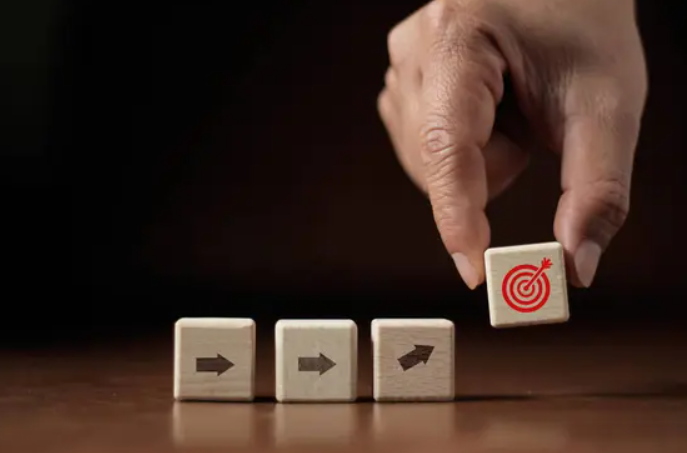Mainstream sports dominate headlines, stadiums, and funding. But it’s often on the fringes — in climbing gyms, roller derby tracks, martial arts dojos, and late-night parkour jams — where some of the strongest communities in sport are quietly built.
Niche sports, by nature, foster something deeper than participation: they demand commitment, attract shared values, and build cultures from the ground up. If mainstream sport is spectacle, niche sport is belonging.
Why Community Forms Faster in Niche Spaces
In widely followed sports, athletes often feel like cogs in a big machine. The structure is predefined, and community becomes secondary to competition. But niche sports flip that model: there’s often no sport at all without community.
| Factor | Mainstream Sport | Niche Sport |
| Entry Point | Schools, clubs, talent scouting | Word of mouth, subculture, self-discovery |
| Visibility | High (media coverage, advertising) | Low (self-published content, local demos) |
| Support Infrastructure | Professional, formal | DIY, volunteer-led |
| Participation Motivation | External validation, prestige | Internal drive, cultural alignment |
| Social Dynamics | Hierarchical | Flat, peer-driven, inclusive |
Because niche athletes often train together without the pressures of large institutions or rankings, relationships tend to be more collaborative than competitive. There’s a shared understanding that they’re all holding the sport up together.
The Clubhouse Is the Heart
In niche sport, the local gym, field, or community hall isn’t just where practice happens — it’s where everything happens. Many niche disciplines revolve around a single shared space that becomes a hybrid of training ground, social hub, creative lab, and emotional refuge.
Take a small wrestling dojo, a roller derby warehouse, or a slacklining spot in a city park. These aren’t just venues — they’re homes for identities that may not fit elsewhere.
Often, these places are:
- Funded by members
- Cleaned by athletes
- Decorated with stories, photos, handwritten schedules
- Protected with deep emotional investment
This physical anchoring contributes to the longevity of relationships in niche sports. Even when people stop competing, they don’t always leave the scene — they coach, volunteer, document, or simply stay involved.

Types of Roles in a Niche Sport Community
Unlike mainstream teams where roles are strictly defined, niche sports require a rotating cast of multi-taskers. It’s not uncommon for someone to be both captain, coach, media person and gear technician in one season.
| Role | Typical Responsibility | Why It Matters |
| Mentor/Coach | Guiding new athletes, setting tone | Preserves values and safety culture |
| Culture Keeper | Shares history, archives, stories | Connects the present to the sport’s roots |
| Organiser/Admin | Coordinates sessions, competitions, logistics | Keeps things running without formal hierarchy |
| Bridge Builder | Brings in newcomers, links to other communities | Ensures inclusivity and fresh energy |
| Digital Steward | Manages social pages, documents events | Keeps community visible in the digital realm |
These roles often emerge organically — based on passion, not appointment. That horizontal structure fosters mutual respect and a feeling of shared ownership, which is harder to find in traditional sport setups.
What Keeps People Coming Back
Community in niche sport isn’t just a pleasant side effect — it’s often the core reason people stay, even when the training is hard, the funding is lacking, and the wins are few.
People return for:
- Recognition — not through medals, but through support, storytelling, inclusion
- Shared struggle — knowing that everyone’s hustling with the same lack of resources
- Creative expression — niche sports often allow more individual style and interpretation
- Belonging — especially for those who didn’t feel welcomed in other athletic spaces
- Continuity — a scene built around humans, not brands, tends to be more stable over time
In interviews across everything from capoeira to roller hockey to indoor climbing, athletes overwhelmingly cite the community dynamic as what differentiates their experience from school sports or gym memberships.
Beyond Sport: Mutual Aid and Resilience
A derby skater’s rent gets tight? Teammates organise a fundraiser. A climber breaks their ankle? A dozen others take turns bringing food and helping them to physio. This isn’t PR — it’s just how many niche communities function.
During the COVID lockdowns, many small sport collectives didn’t fade — they adapted. Zoom classes, backyard drills, online challenges. The technology was basic, but the intent was clear: keep the web of care intact.
This emotional infrastructure — the unseen net — is often stronger than the sport itself.
As mainstream sport becomes increasingly commercial and transactional, the model of niche sport communities may hold lessons. Not everything needs to scale. Not everything needs a league. Sometimes, the most meaningful impact comes from small groups of committed people doing things because they care — not because anyone is watching.
And in those quiet spaces, under the radar, the essence of sport — shared movement, effort, joy, identity — is often at its most honest.

